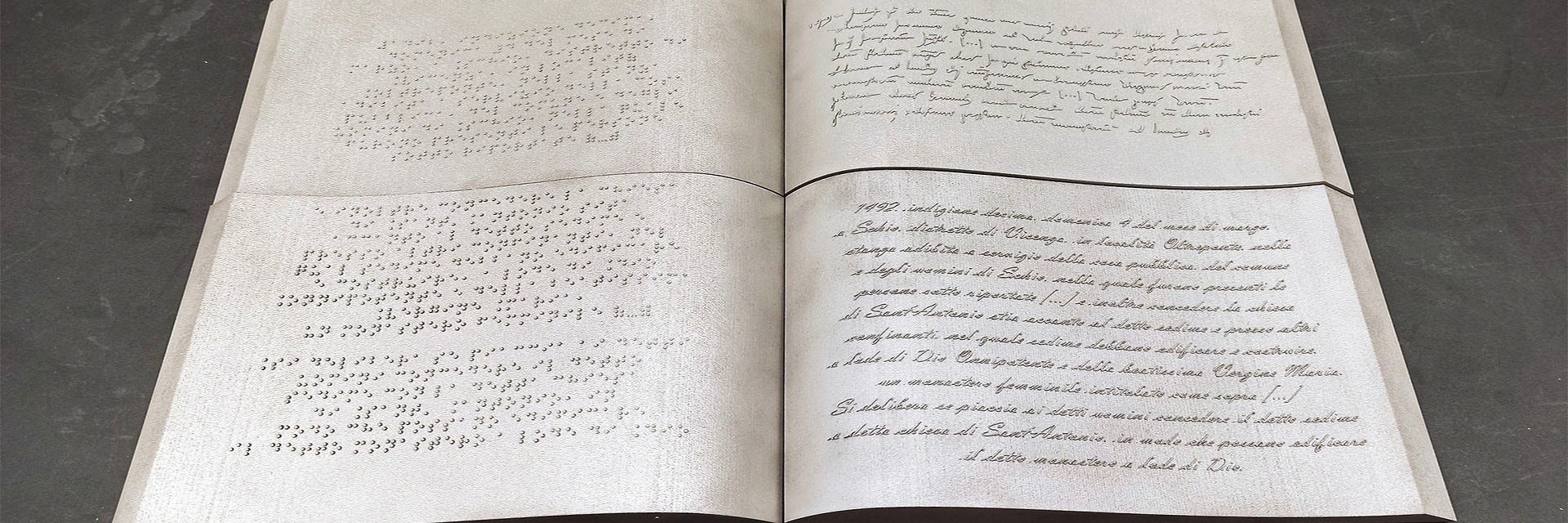CASE STUDY
Il Sentiero International Campus Brings the Past into the Present with Materialise Magics

When a citation of an antique building in Schio, a small town near Vicenza, Italy, was discovered in an ancient book, it became a candidate for the TEMART project. But how could they bring an ancient text - written in an archaic language - into the 21st century to share it with all who visited?
Challenge
Bring the past into the present
It is hard to truly understand how the discovery of a citation in an ancient book, first written over 500 years ago, must have felt to those who came across it. A small piece of history found in the heart of Schio's historical library. The urge to bring it into the here and now and share it with as many visitors as possible is much easier to comprehend.
It's no surprise, therefore, that this case became a candidate for the TEMART project. Funded by the POR-FESR Veneto Reg. Program, those involved in this project use additive manufacturing to create artistic reproductions involving the senses of the visually impaired.
The team decided to recreate the book as a display piece for the building itself, but this was not without its challenges. It was written in an archaic language, and at times largely illegible, while the section that concerned the building was a relatively small piece of a rather large book.
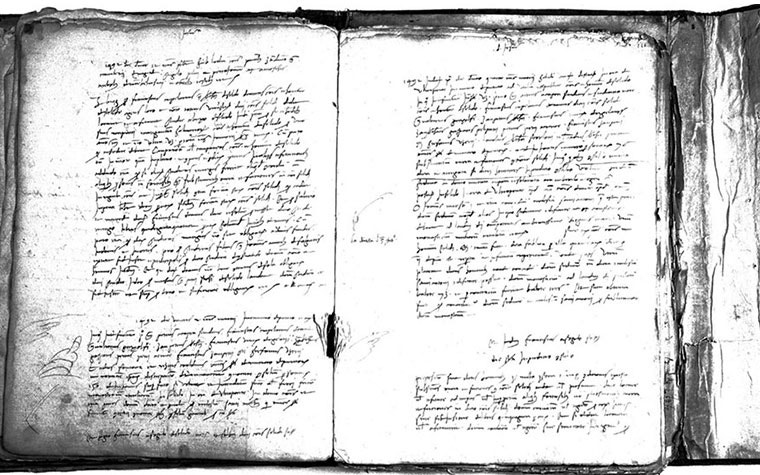

They turned to Ecor International and the Il Sentiero International Campus for help, and settled on the idea of recreating it through 3D printing. Their experience in the additive manufacturing sector for rapid prototyping would prove invaluable, and based locally, they were perfectly placed to help bring the project to life.
However, recreating the original piece was not so simple — the team had only a picture from which to replicate the original text, and applying their replica directly to the ancient book proved impossible. Its old, dog-eared pages and rough surface led to a 3D model with several overhangs that would likely have caused a print failure without support — the removal of which would have been extremely difficult.


“The application of the text was the first challenge to overcome - particularly in Braille and the original script. Luckily, Materialise Magics was more than up to the task.”
Instead, the team focused only on the text itself and applied it to a simpler book model to make it accessible to all who visited. This meant translating it into both modern Italian and Braille, allowing the visually impaired to enjoy it as well.
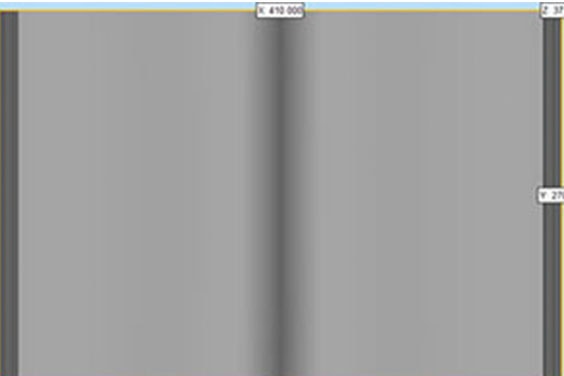
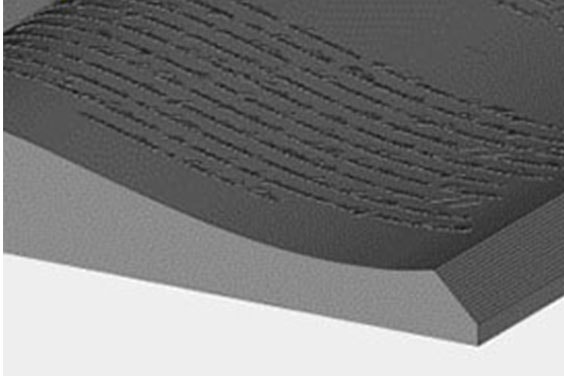
The new A3-sized model was much easier to work with and print (left). The team used the Materialise Magics Label tool to place the different texts (right).
Solution
3D printing and the magic of Materialise Magics
Thanks to their background and experience with 3D printing, the Il Sentiero team immediately knew it was the most suitable technology for the job. They settled on a Sisma MYSINT300 printer, powered by Materialise Magics 25.1, and chose AISI316L, or stainless steel, as the material for the new book.
The first challenge was applying the text itself - particularly in Braille and the original script. Luckily, Materialise Magics was more than up to the task. The team used the Label tool to apply a .dxf file of the original text and its two translations through the drawing and text tabs with fantastic results.
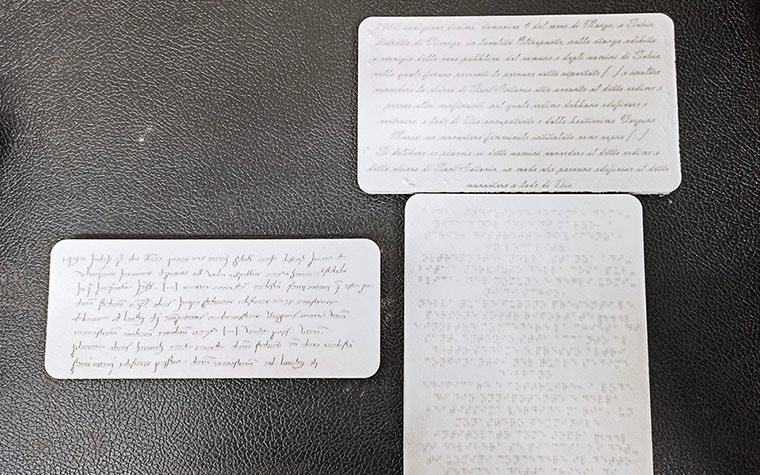

With the design prepared, it was time to make it printable. As the project would be brought to life through SLM technology (selective laser melting), reducing weight by using the Honeycomb tool became a necessity. This tool not only allowed the designers to create self-supporting voids without losing structural integrity, but it also allowed them to remove almost all the powder after printing. By gently perforating the honeycomb structures and external surfaces, any leftover powder could escape before the project was completed.
As a final step, the team used the Cut or Punch tool within Magics to create the book's different sections and ensure that the design fit within the Sisma MYSINT300's printing volume. The rest, as they say, is history.
Result
An Ancient Text and a Modern Translation
For Ecor International, Il Sentiero, and the TEMART project, it proved a great success. Once welded and polished, the final piece exceeded even their high expectations — particularly the application of both the modern Italian and Braille translations. It remains to be seen whether this case inspires the recreation of more ancient texts through 3D printing, but it stands as a wonderful collaboration between the old and the new.


More importantly, however, the book has made a small piece of history accessible to a wider audience, bringing them closer to the very building it names.
Share on:
This case study in a few words
Additive manufacturing
Replicate, translate, and print an ancient text into a 3D-printed book that all visitors can enjoy
